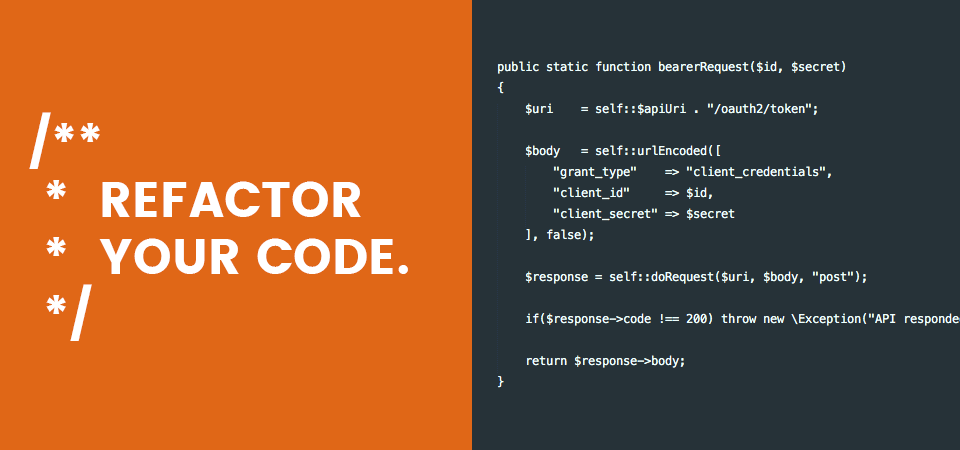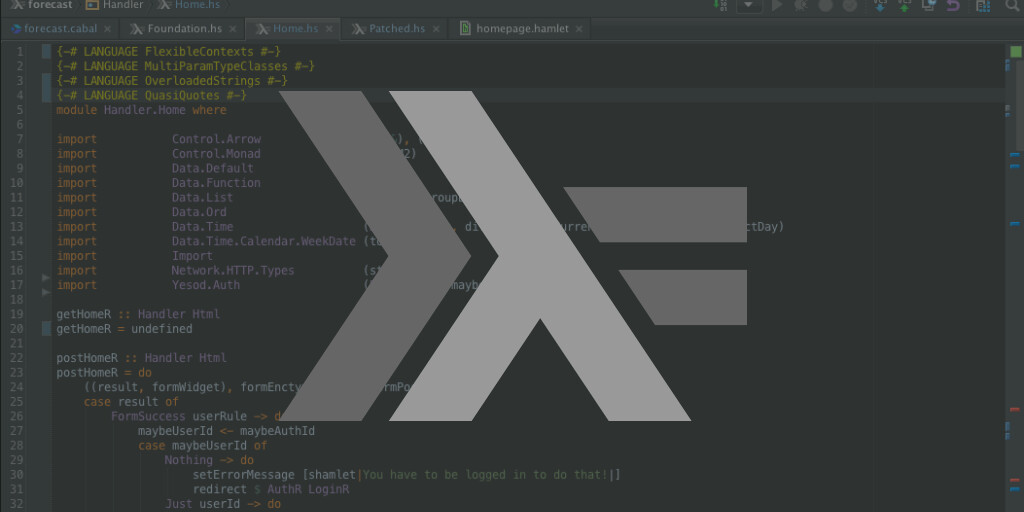
I often read great blog posts about good ways to communicate, but articles about knowing if or when you are communicating poorly are harder to come by. I’d like to talk about ways to identify and improve poor communication, from the perspective of the ‘unit test’.
Read More
Apple’s new UITest suite has some developers excited, and others disappointed in lost functionality. UITest works differently than the functional testing solutions developers have come to rely on, such as KIF. Instead of giving you access to elements themselves, UITest gives access to proxy elements with minimal parameters to interact with. Learning to separate unit testing and unit based uitesting from functional testing can be a frustrating experience, especially when working with a new framework that still has its own kinks to work out. It is my hope the following guide will help developers form some clarity into the methodology needed when working with UITest.
Read More
3D Touch is a new feature exclusive to iPhone 6s and iPhone 6s Plus. It provides a new way for users to interact with our apps. As such, it’s important for developers to embrace this new technology. There are two ways that 3D Touch can be integrated into your app.
Read More
I have collected a list of quality blogs, newsletters, courses etc to further an iOS developer's knowledge and stay on top of news. This is not a huge list of every resource out there by any means, but I think these are the best.
Read More
In our previous post on refactoring, we discussed what code smells are and some ways to detect them. In this post, we will cover some specific refactorings that will help us get rid of code smells.
Read More
In Ruby, getters and setters are typically defined by using the class method `attr_accessor`. Normally you see this at the top of the class and it sort of defines what properties that instances of the class will have. I feel like this method causes some confusion for Ruby beginners and it is something I had trouble with myself when I was first starting out. So let's take a look:
Read More
Exceptions are useful if you use them properly. If you don't use them properly, you will be ridiculed and write bad code. We'll demonstrate how to handle exceptions correctly by showing some ways NOT to handle exceptions and how you can improve your exception handling.
Read More
What is this… refactoring?
Refactoring is often belittled to “cleaning up code.” However, according to Martin Fowler, it is much more than that. It is effectively cleaning code and creating a more stable, maintainable, and reliable internal structure while maintaining the existing external behavior. Read More
RxJava has many uses, especially for applications requiring any amount of asynchronous operations. If you do not have experience with RxJava (or any of its sister implementations), I recommend checking it out and seeing if it can help improve your applications. I will not be covering the basics of RxJava in this blog, so a familiarity with the core concepts is recommended. In this blog I will be covering how to create a simple bus implementation using RxJava in a pure Java application. This implementation can be ported to other Java-based platforms, such as Android. There are a few particulars I will cover before jumping into the implementation.
Read More

